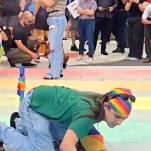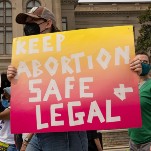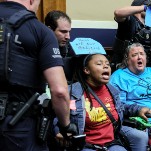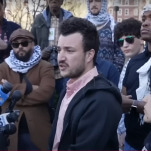The Murder of Christina Yuna Lee Lays Bare the Need to Address Homelessness
Increased violence against women will not be solved by more policing
In DepthIn Depth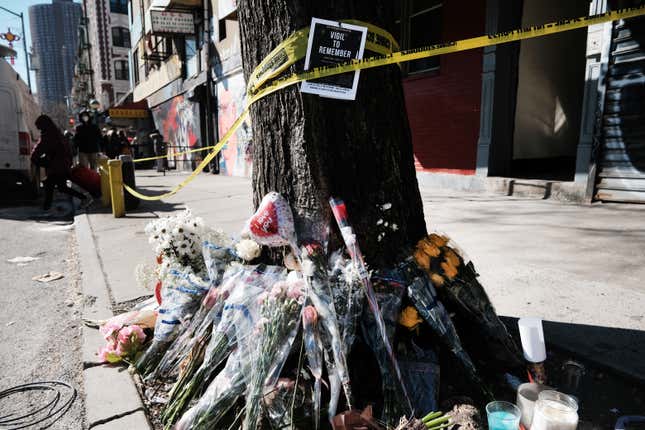

There’s something distinctly gut-wrenching about watching the final moments of a stranger’s life via surveillance footage. Perhaps it’s the crushing realization that there are many things we will never know about them – what their dreams were, where they’d like to travel someday, how they met their best friend – and yet, we know exactly what they were doing and how they looked just moments before someone brutally took their life.
Christina Yuna Lee, a 35-year-old digital producer for an online music platform, was found stabbed to death in her own New York City apartment in the early hours of February 13. Released footage would reveal that Lee had been followed into the building she’d lived in for less than a year and quietly stalked up the six flights of stairs to her apartment by Assamad Nash, a homeless man. When she opened the door, he forced his way in and stabbed her up to 40 times. It was Lee’s screams that ultimately prompted a neighbor to call 911. According to prosecutor, Dafna Yoran, when police arrived and began knocking at the door, Nash’s voice, seemingly mimicking a woman’s tone, told them, “‘We don’t need the police here — go away.’”
Indeed, it’s devastating that we’ll never know Lee as her colleague did who bonded with her over last year’s Atlanta spa shootings – wherein six Asian women were killed — and a mutual passion for making the music industry more inclusive, though little information is needed to understand that she was, as he said, “irreplaceable.” Grappling with Lee’s murder is just as daunting as considering the fact that someday, that woman on the surveillance footage, returning home from a night out, waiting for the train or bus to arrive or simply doing her job, could be you.
-

-

-

-

-

-

-

-

-

-

-

-

-

-

-

-

-

-

-

-

-

-

-

-

-

-

-

-

-

-

-

-

-

-

-

-

-

-

-

-









